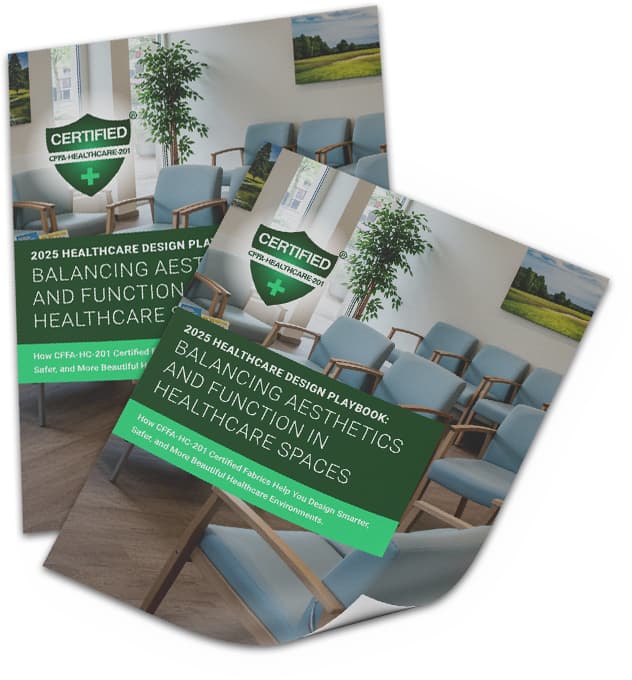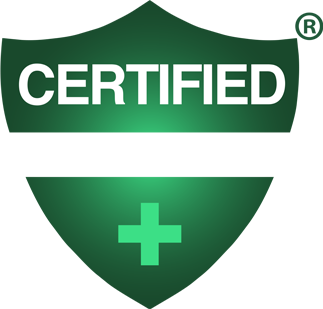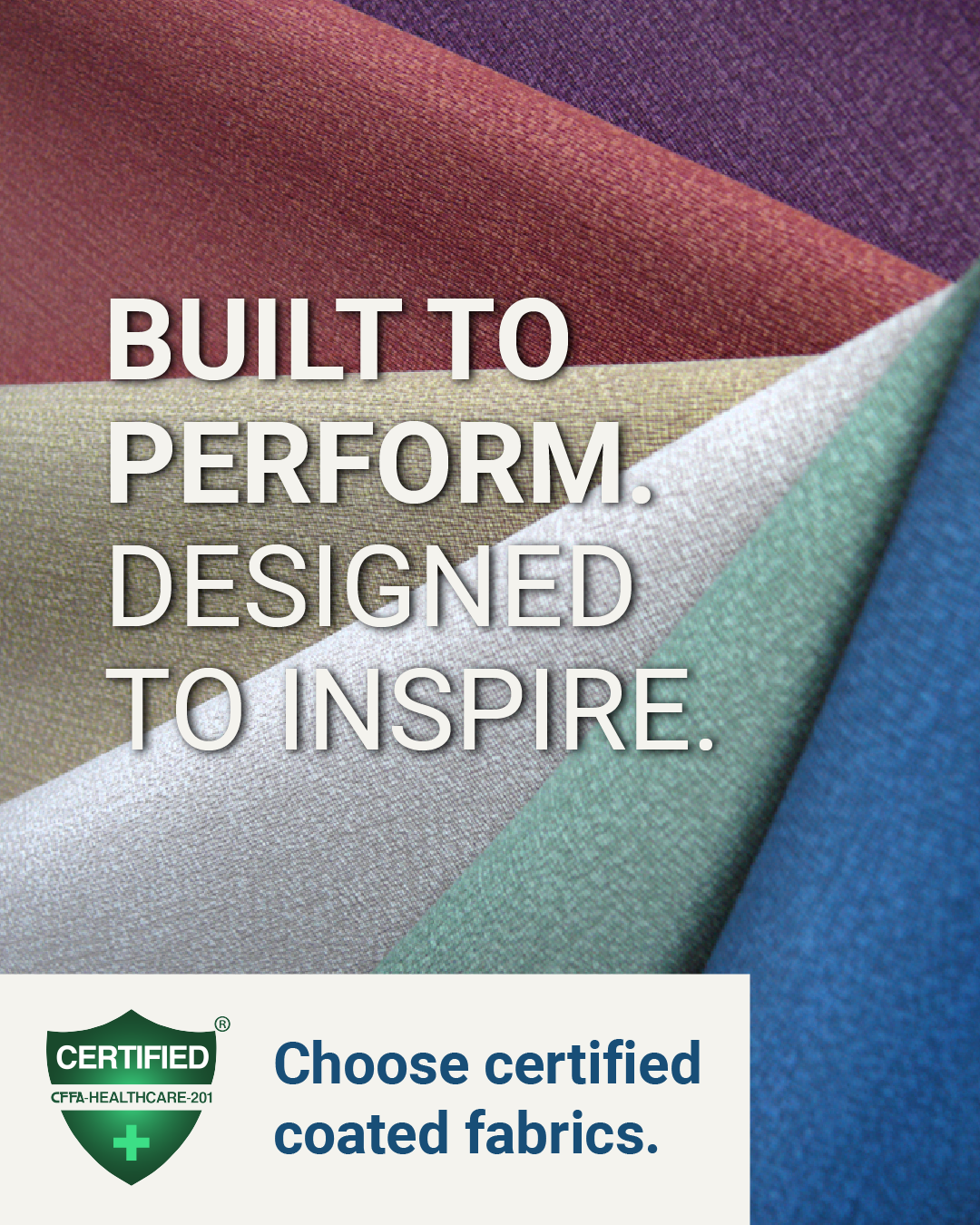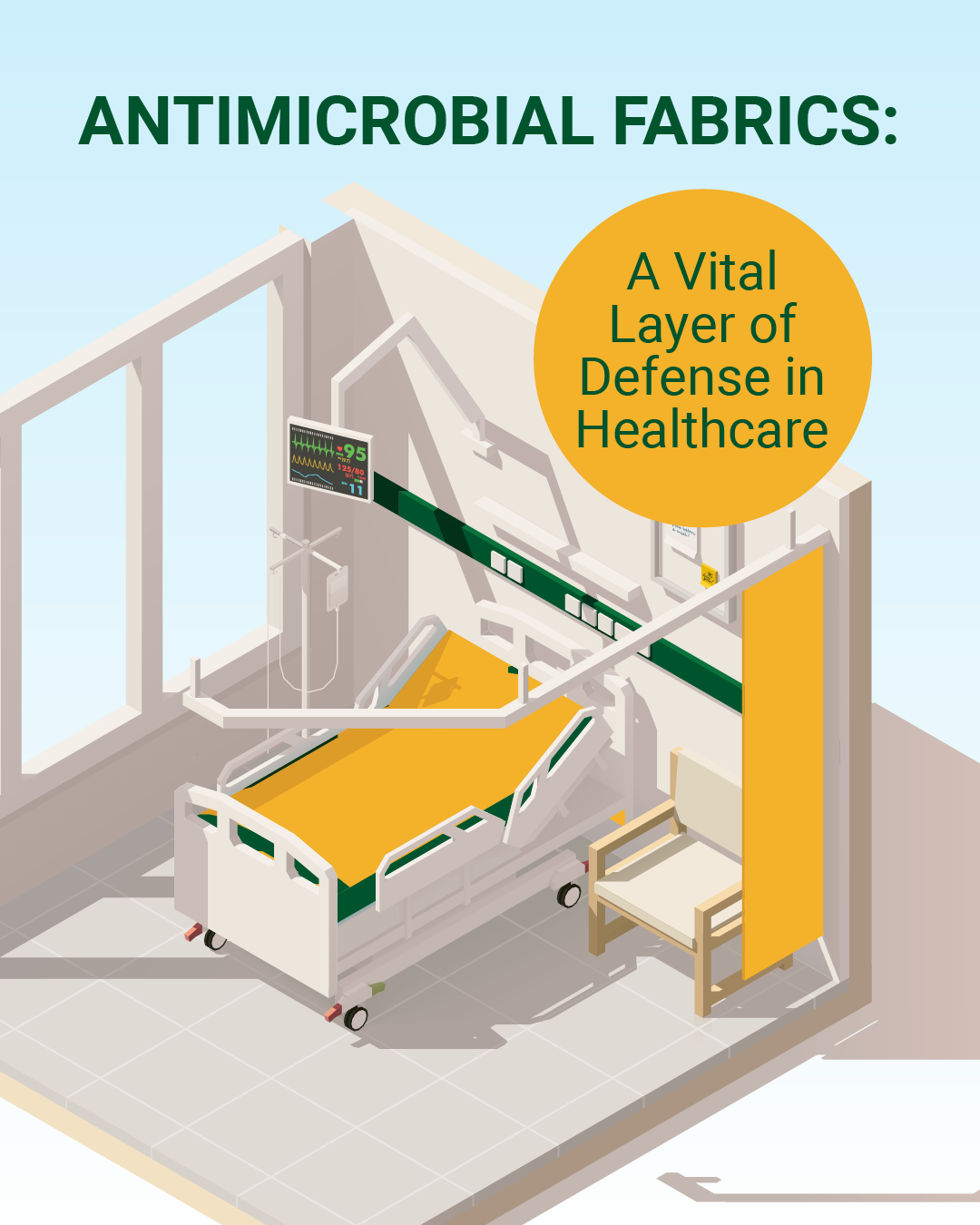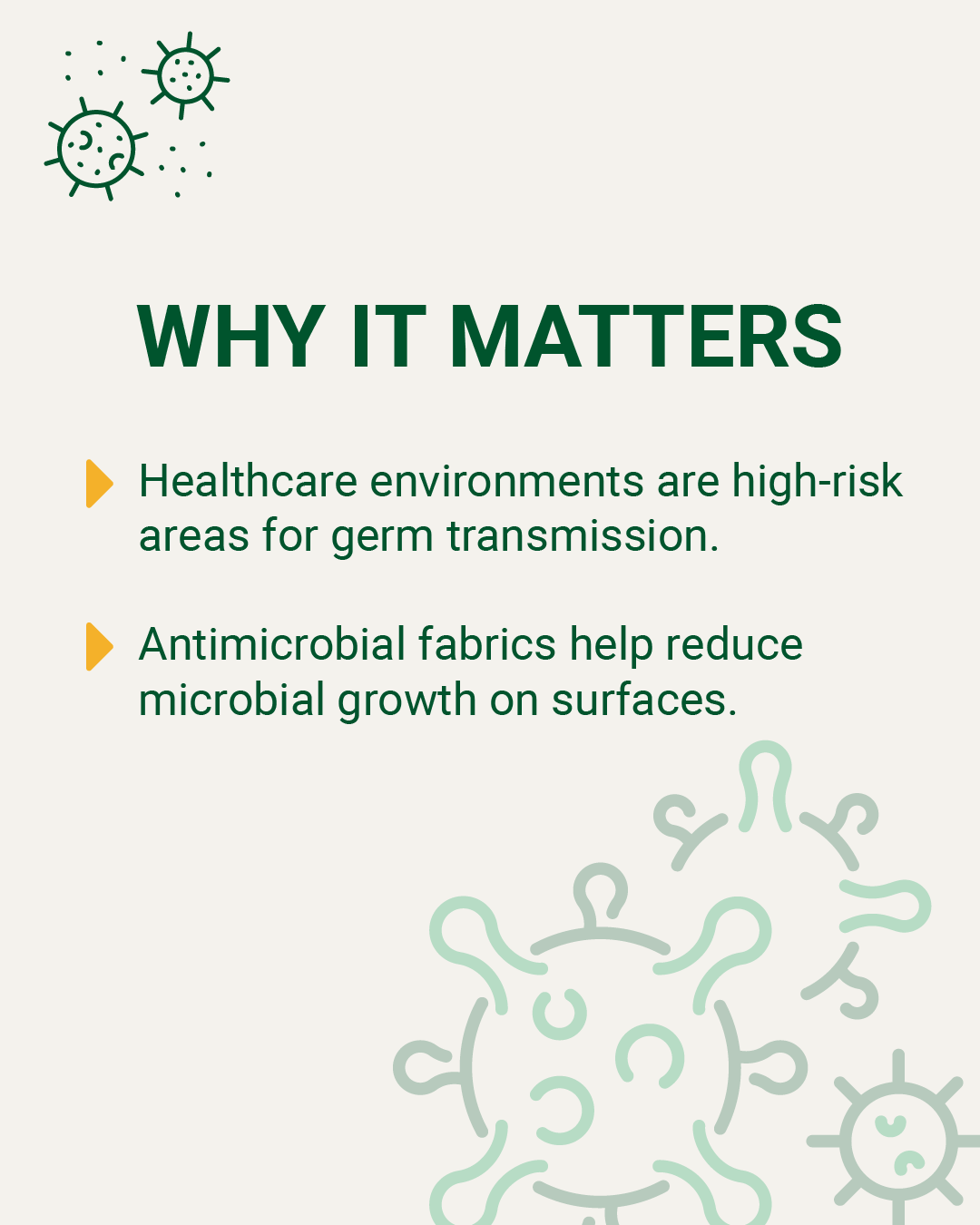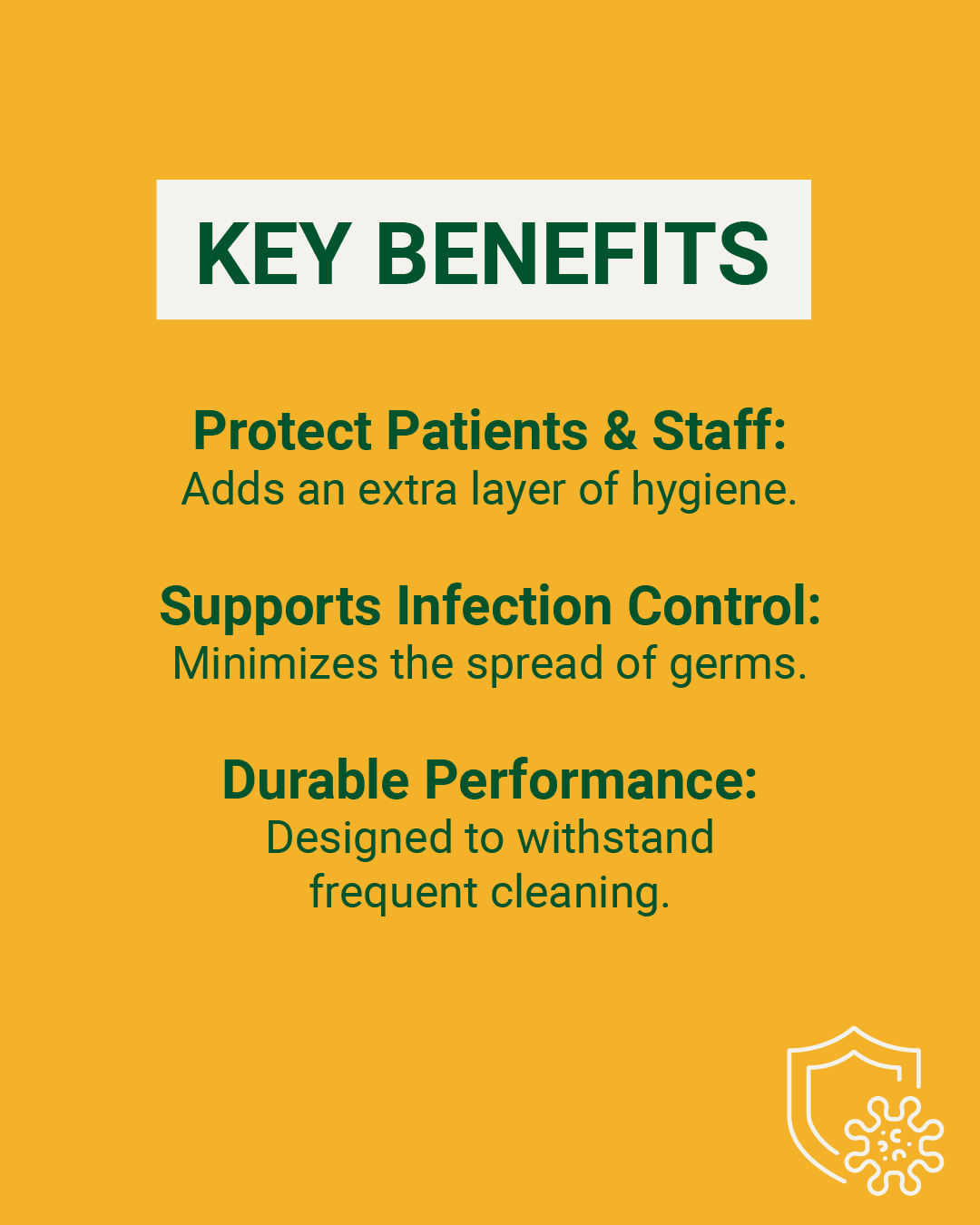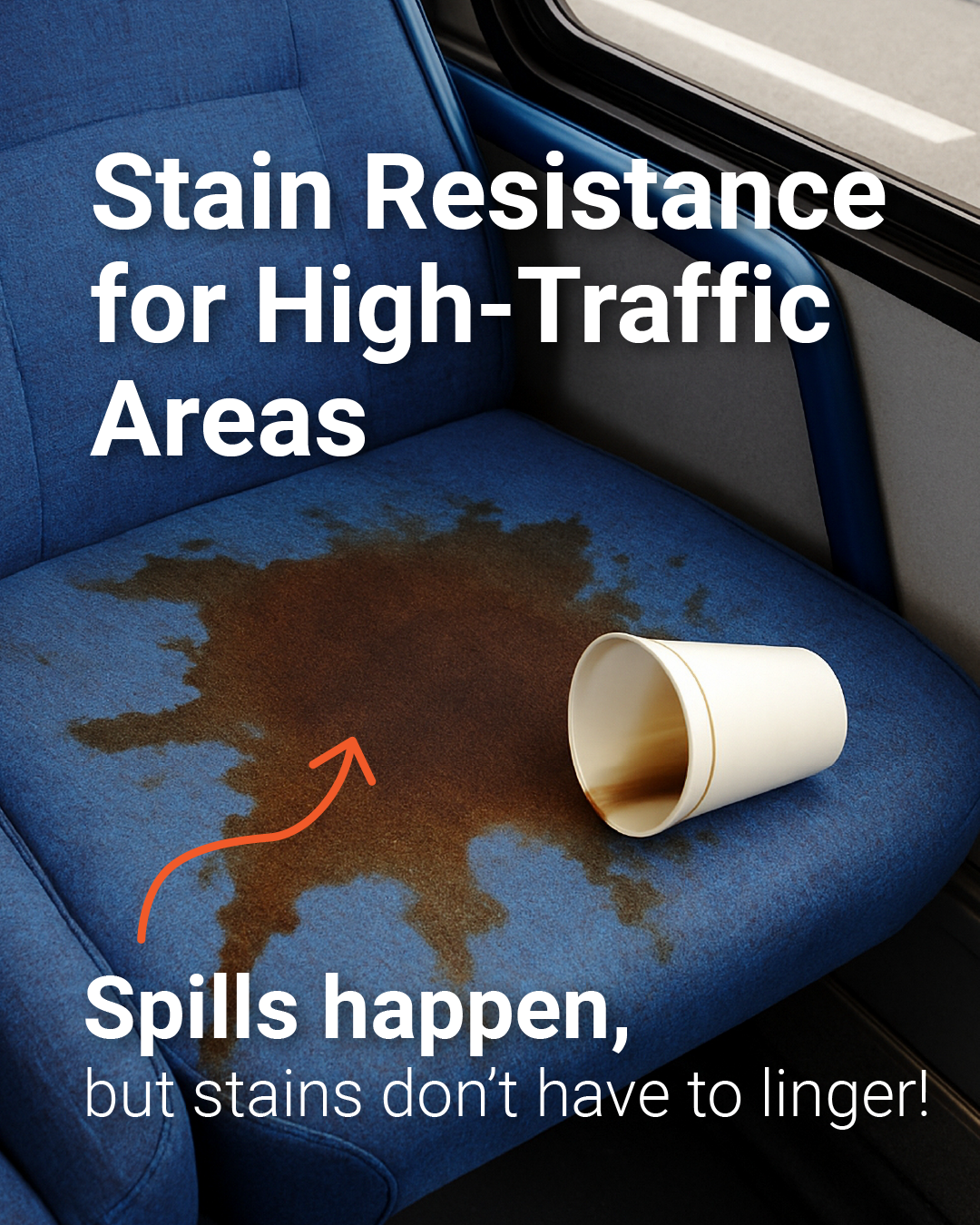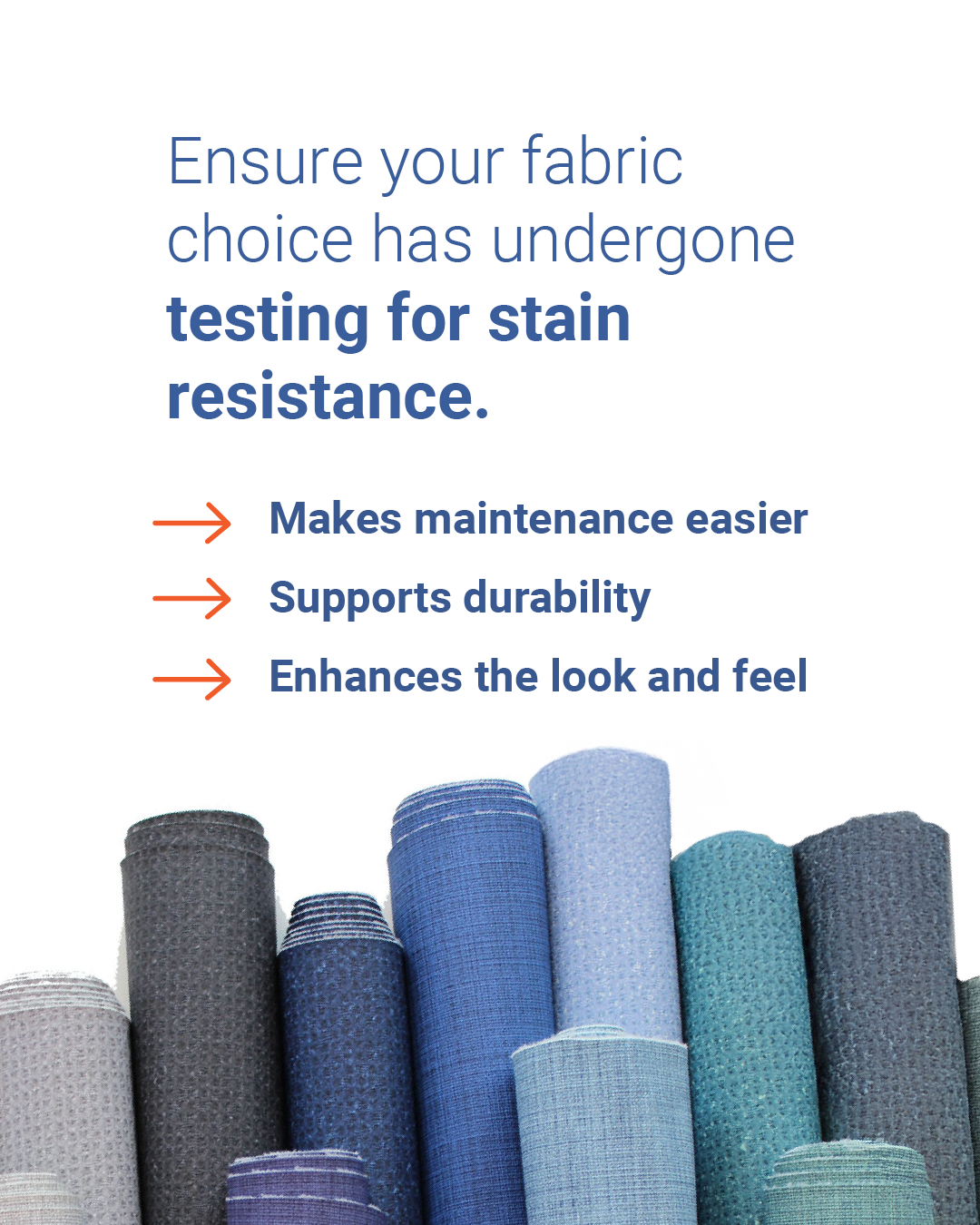CFFA Healthcare Standard Certification Program
The CFFA-HC-201 Certification Program supports the selection of coated fabrics tailored for healthcare interior design. Administered by the Coated Fabrics and Film Association (CFFA), this self-certification program certifies fabrics that meet the CFFA-HC-201 Minimum Performance Standards. These standards are specifically designed for vinyl-coated and other chemical-coated upholstery fabrics used in demanding healthcare environments.
Coated fabric products undergo testing against 16 performance metrics, including resistance to stains, disinfectants, and wear. By adhering to these standards, the certification program provides healthcare designers with clear, reliable indicators for selecting materials, helping reduce product failures and extend the life of healthcare furniture.
Manufacturers and distributors who participate in the program can license the certification mark, showcasing their commitment to quality. This program equips professionals with the confidence to select materials that enhance healthcare facilities, without sacrificing durability or style.

